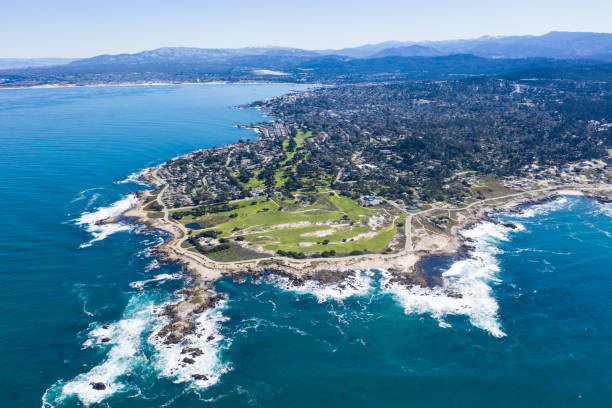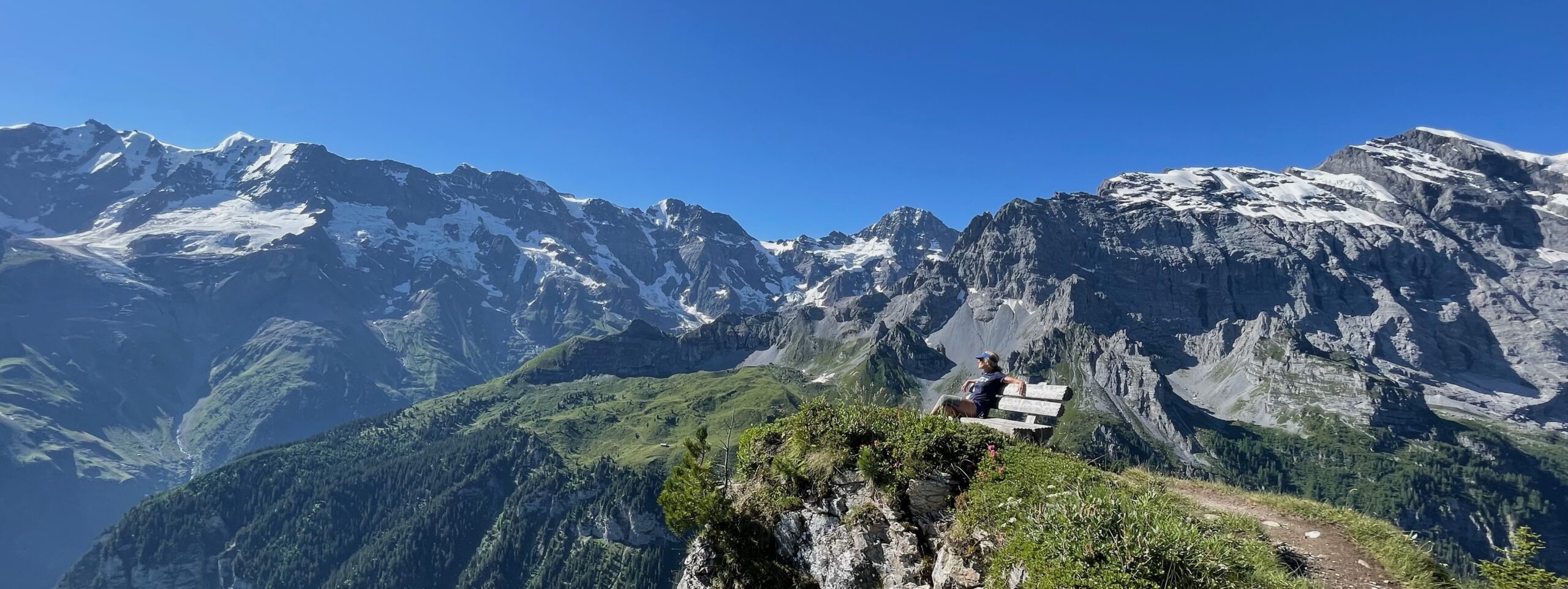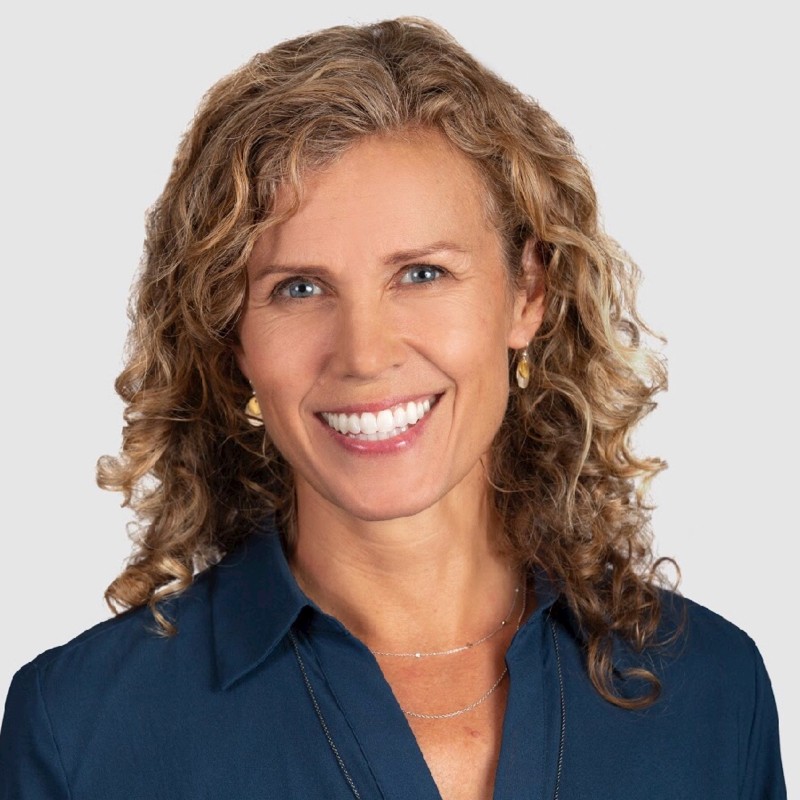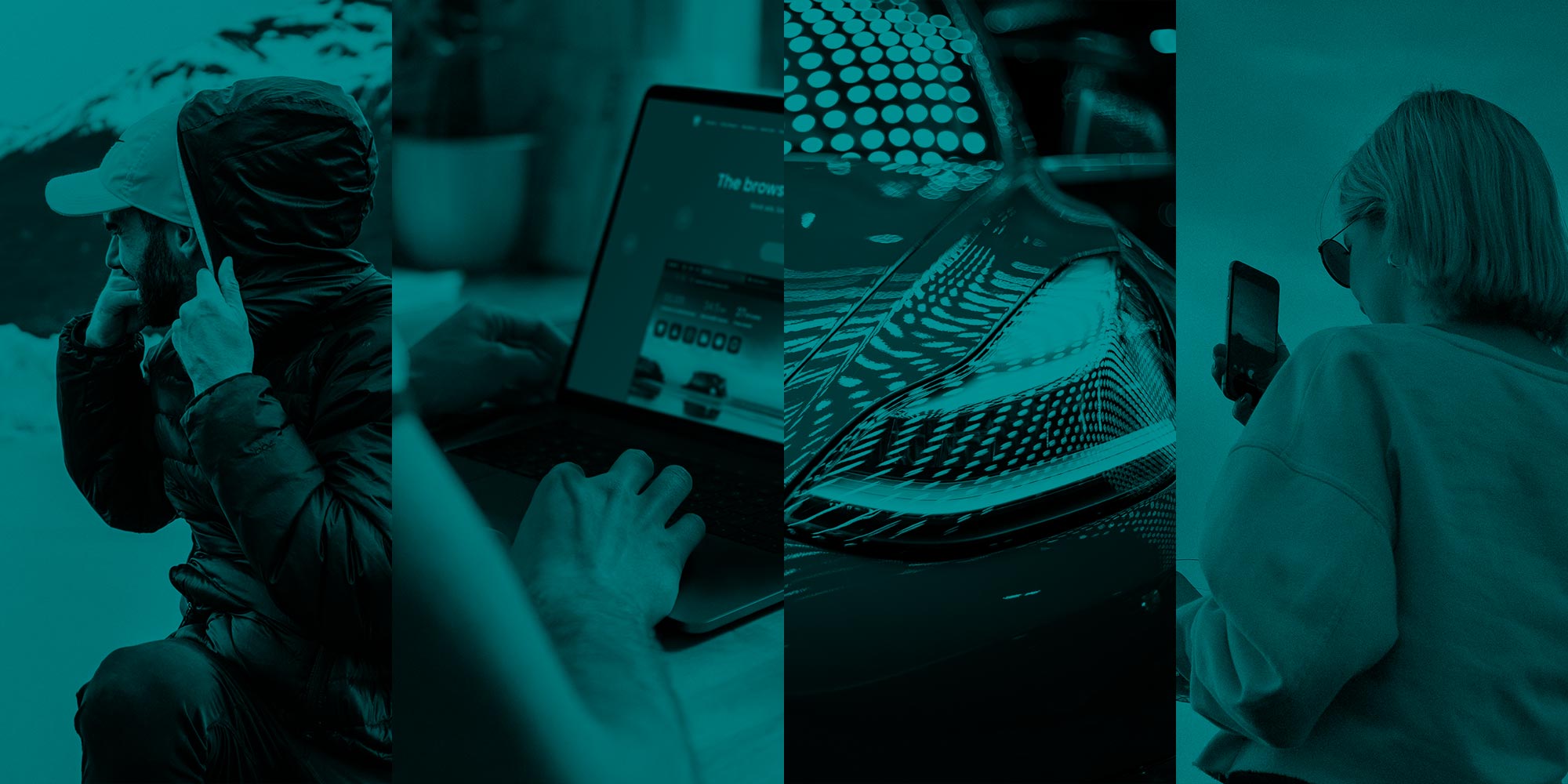We had a great conversation with Lynelle Cameron, the sustainability pioneer and managing partner behind Regenerative California, to chat about sustainability, regenerative economies, and her new venture.
[This interview has been edited and condensed.]
You’ve had a decades-long career in sustainability. What initially got you interested in it?
My dad would take us backpacking every summer in different mountain ranges. That was his way of spending time with his kids in conversation, and in those conversations, his question was always, “How do you want to contribute?” So it was ingrained in me early that we have a role to play on this planet as people, and my whole career has been about driving system change.
After graduating from business school, I started my corporate career trying to convince companies that sustainability is a competitive differentiator and a market driver. In these early days, I wasn’t allowed to name my team “sustainability” because it was too unfamiliar; the idea that sustainability could drive revenue and top-line growth was an uphill battle. But I knew the problem was in the halls of the corporate sector and that’s where we need to drive change.
We wrote the first sustainability report at HP in 2001. The idea was to move into sustainable product design, changing the designs of printers, computers, and servers so there’s no waste and toxic materials at the end of life. HP is a chemical company at the end of the day but we also needed to look upstream to determine: Where do these minerals come from? How can we make printers easier to recycle and utilize more recycled plastic?
After being at HP for seven years, I felt ready to look for my next platform for impact. When I learned about Autodesk, which makes software to design quite literally everything in the world, I was inspired to wonder: What if we could embed the principles of sustainability into the software so that we can make it easy for everyone? After getting a job there, my aspiration (and really, the definition of sustainability) was to meet the needs of the current generation while improving the ability of future generations to meet their needs. How do we not only do less harm but also make the world better?
My career has been focused on the twin challenges of climate and rising inequality. These things are all interconnected; there’s not a climate crisis that is separate from a future of work crisis, they’re interconnected. And that’s when I really started to think about the larger economic system behind these challenges.

What is a regenerative economy?
Sustaining business as-is won’t solve our current problems. We have to be in the business of restoring health to humans and natural systems, whether that involves inequality, climate, or both. For example, changing farming practices to make the soil healthier to store more carbon, retain water, be more resilient, and thereby create healthier crops, which creates healthier people.
A regenerative economy delivers enduring health and prosperity for people and the planet. The economy is rooted in the natural environment, and you can’t have an economy without having clean air, clean water, etc. If you imagine a regenerative economy, it’s creating health and prosperity versus taking that away or giving it to some and not to others.
Tell us about Regenerative California.
The modern economy has delivered remarkable prosperity. Many of us in today’s generation are living like no others in history could have even dreamed of. Yet the way it works is no longer working—there are signs the system is no longer fit for purpose—such as climate change, inequality, and social unrest.
What if we redesigned our economy to create enduring health and prosperity, one that gives everyone the opportunity to enjoy a prosperous life while supporting and nurturing the living systems that support us? This idea of a regenerative economy is gaining traction, but people need tangible examples and demonstration projects to believe it’s possible; that’s where Regenerative California comes in.
In January I joined Kristin Coates who had an ambitious idea to build a network of place-based regenerative economies in California. California is facing all the same challenges as everyone else, and it’s a microcosm of what’s happening more broadly. The goal is to demonstrate this path to prosperity and show the world that we can do it differently from an economic perspective.
Kristin had identified Monterey as the first pilot region because it is one of California’s richest and poorest counties. Over the past year, she brought stakeholders together to identify regional challenges and opportunities. There was a lot of work done over the last year to understand the real pain points in Monterey and how to bring stakeholders together across sectors —not just nonprofits, businesses, governments, and communities but also housing, agriculture, fisheries and tourism. We don’t do anything as Regenerative California by ourselves. We really believe in the power of partnerships as the way forward.
The second part of what we do is support and enable carefully selected partners to co-design and implement a portfolio of projects in a region that’s directionally moving a bioregion toward a regenerative economy. And then lastly, we aim to educate and amplify — people need examples and stories of what works.

What’s it been like to shift from building a practice inside an organization as an “intrepreneur” to being an entrepreneur?
My hunch right now is it’s the same skill set. In some ways, when you’re building a movement, it’s about sales, which is about listening, meeting people where they’re at, helping to share the vision, and bringing them along on the journey. And that’s the same whether you’re inside an organization or starting one of your own. You’re trying to change the minds of people in positions of power, whether they’re in your company, or they are leaders in the industry, or they’re the government regulating it. Changing a system is fundamentally a cultural transformation.
How do you sustain your positive momentum?
I call myself a cautious optimist — it’s two steps forward, one step back. I fundamentally believe in humanity. I believe we can figure this out. I struggle most with, “Are we going to figure it out in time? How do we figure it out with the least damage to the system? How much disaster and suffering will it take?” But I believe if anyone can figure this out, California can. We’ve proven before that the seemingly impossible is possible.
This is part one of a two-part series on the leaders of Regenerative California. Look for our part two interview with the CEO of Regenerative California, Kristin Coates, coming soon.







